Revolutionary sites with a red history (1)
Writer: Cao Zhen | Editor: Vincent Lin | From: Shenzhen Daily | Updated: 2021-04-26
Bao’an County (former name of Shenzhen) is one of the first areas in Guangdong to set up the Communist Party of China (CPC) organizations. Since 1924, peasant movements had been held in Songgang, Shajing and Gongming areas in Bao’an under the guidance of the CPC Guangdong Provincial Committee.
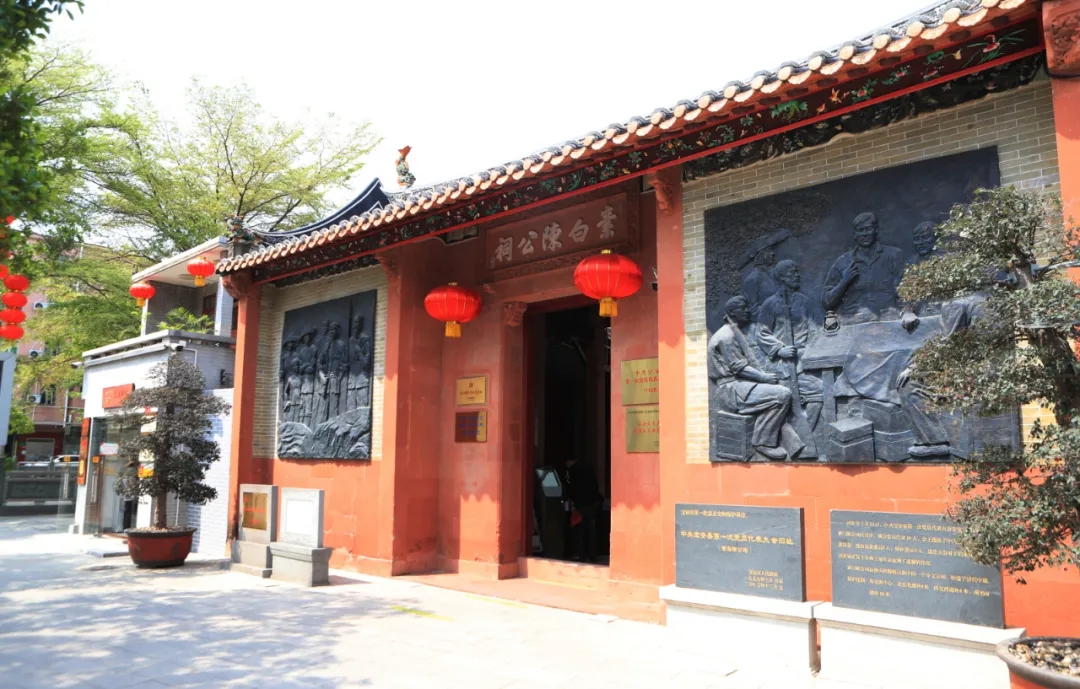
The entrance to the First Congress of the CPC Bao’an County Committee Memorial Hall. Photos by Sun Yuchen
In July 1925, the CPC Bao’an branch was set up and the first congress of the CPC Bao’an County Committee, with 19 attendees, was held Feb. 23, 1928 at the Chen Ancestral Hall in Songgang. In April and May that year, three worker-and-peasant revolutions broke out. The congress showed the CPC’s bravery and struggles for people’s liberation. The revolutionary spark ignited a mighty flame of the red revolution spreading in Bao’an.
In 2001, the site was renovated into a memorial hall, with old iron weapons, documents and photos on display.
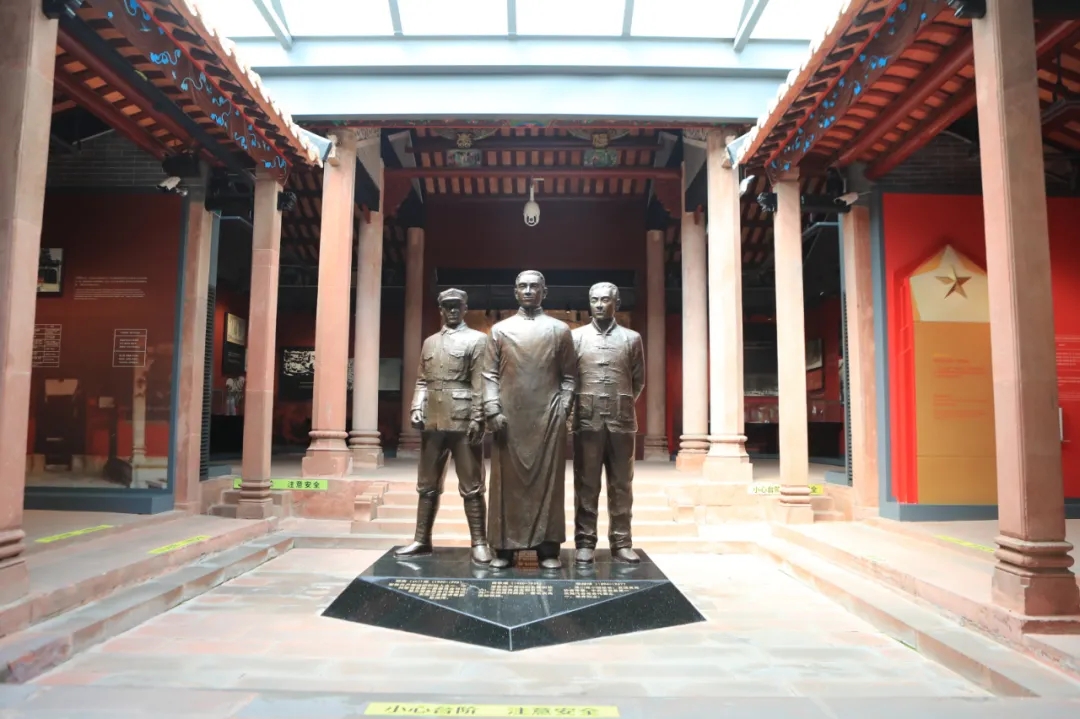
(From L) The statues of Zheng Shinan, Huang Xuezeng and Chen Xizhen at the First Congress of the CPC Bao’an County Committee Memorial Hall. Huang is one of the founders of the CPC Bao’an organization and secretary of the CPC Bao’an County Branch. Zheng is the secretary of the first CPC Bao’an County Committee. Chen is a representative participating in the first congress of the CPC Bao’an County Committee.
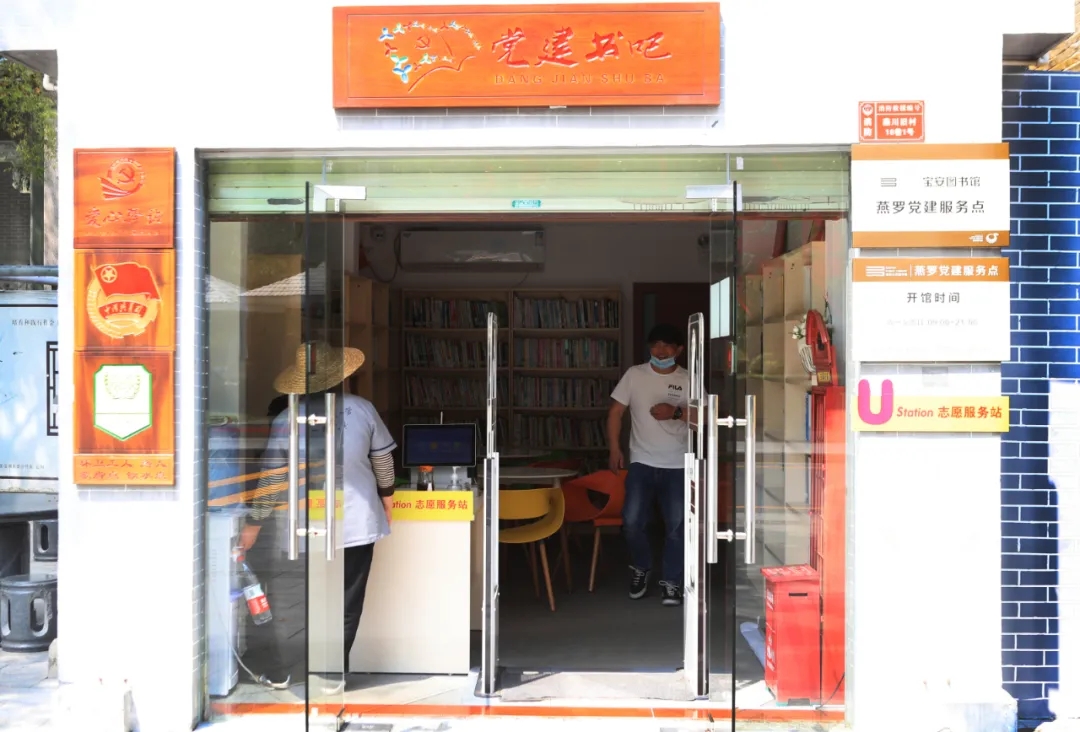
A library at the First Congress of the CPC Bao’an County Committee Memorial Hall.
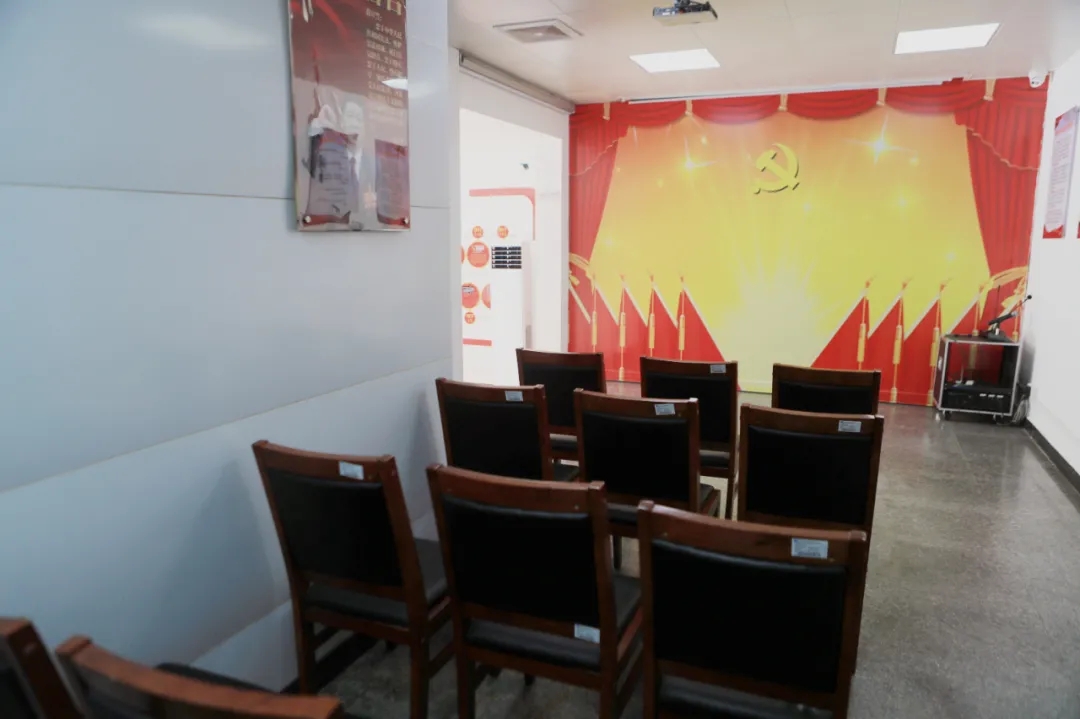
A CPC education room at the First Congress of the CPC Bao’an County Committee Memorial Hall.
The Memorial Hall for the Great Rescue of Chinese Cultural Celebrities in Baishilong in Longhua District was built in 2005 to commemorate a rescue in the Chinese People’s War of Resistance Against Japanese Aggression. In December 1941, Hong Kong was occupied by Japanese invaders, causing more than 800 patriotic intellectuals stranded in Hong Kong. The Guangdong People’s Guerrilla Force led by the CPC then escorted those people back to the Chinese mainland. A church in Baishilong was the first stop and temporary shelter for the rescued intellectuals.
The memorial hall has an exhibition area of 826 square meters, installed with maps, projections, cinemas and information screens.
Bust sculptures of some rescued intellectuals at the Memorial Hall for the Great Rescue of Chinese Cultural Celebrities.
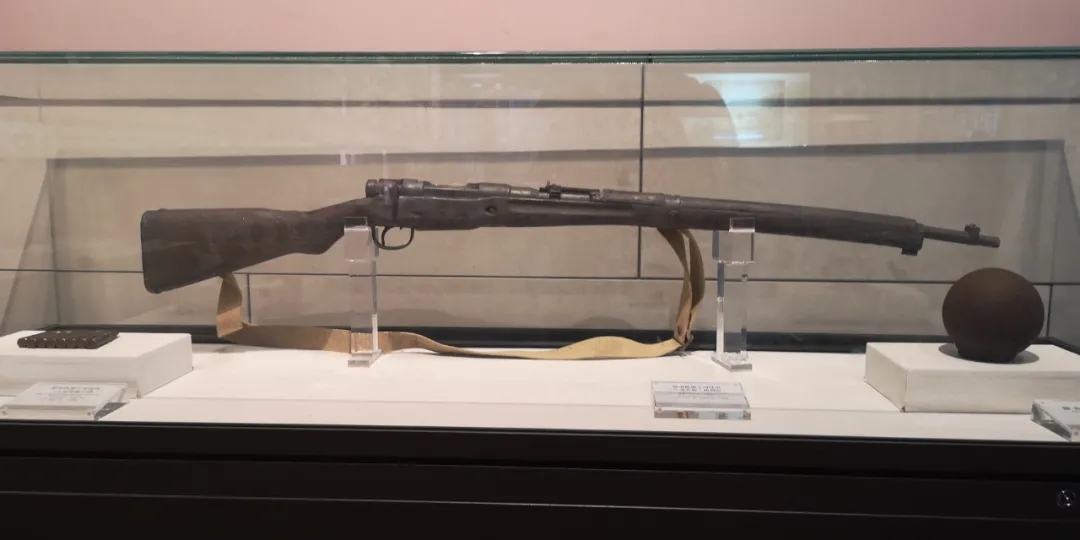
Old weapons on display at the Memorial Hall for the Great Rescue of Chinese Cultural Celebrities.
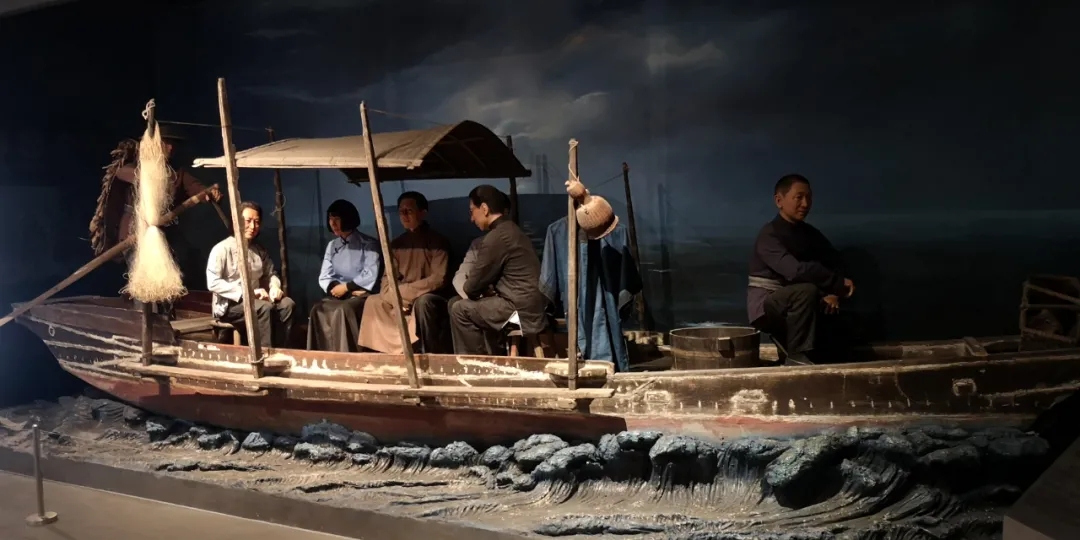
A re-creation of a scene during the 1941 rescue at the Memorial Hall for the Great Rescue of Chinese Cultural Celebrities.
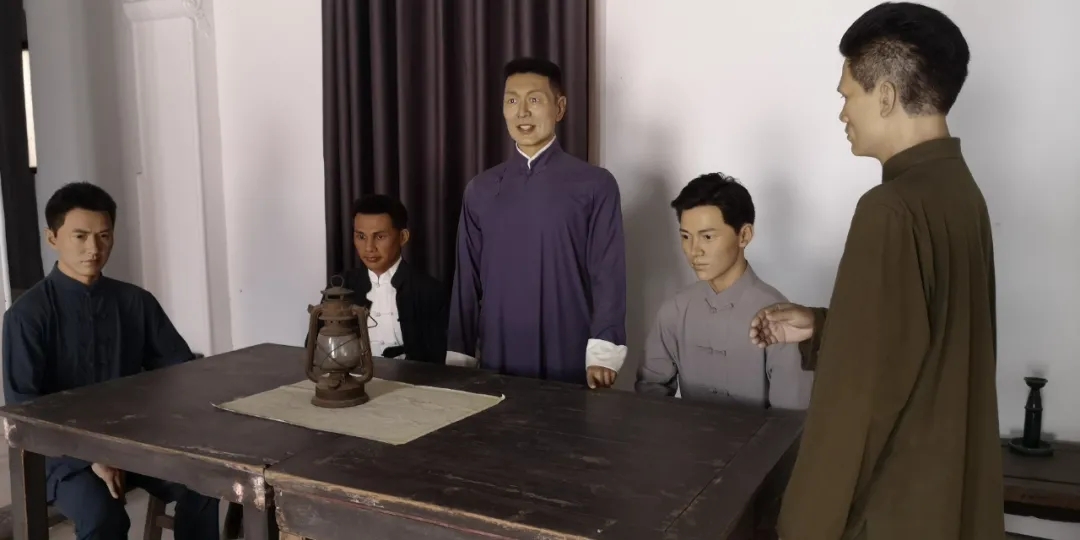
A re-creation of a scene of the Guangdong People’s Guerrilla Force discussing the 1941 rescue at the Memorial Hall for the Great Rescue of Chinese Cultural Celebrities.